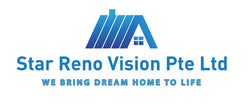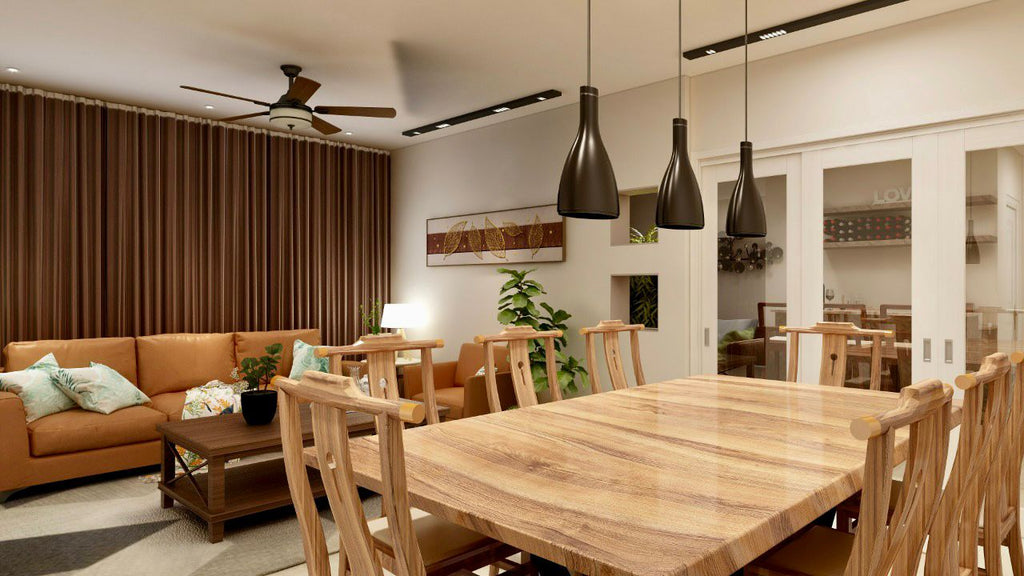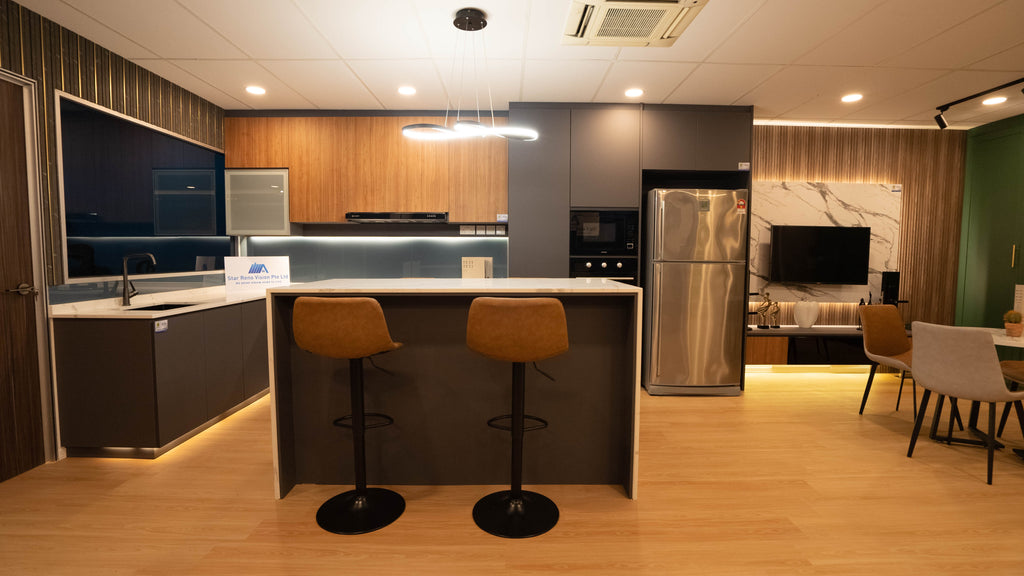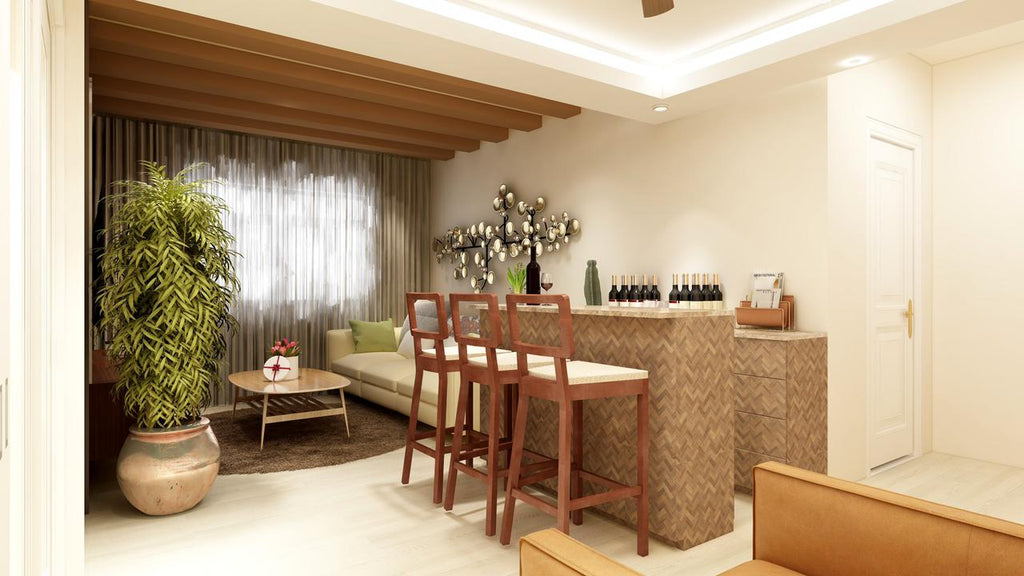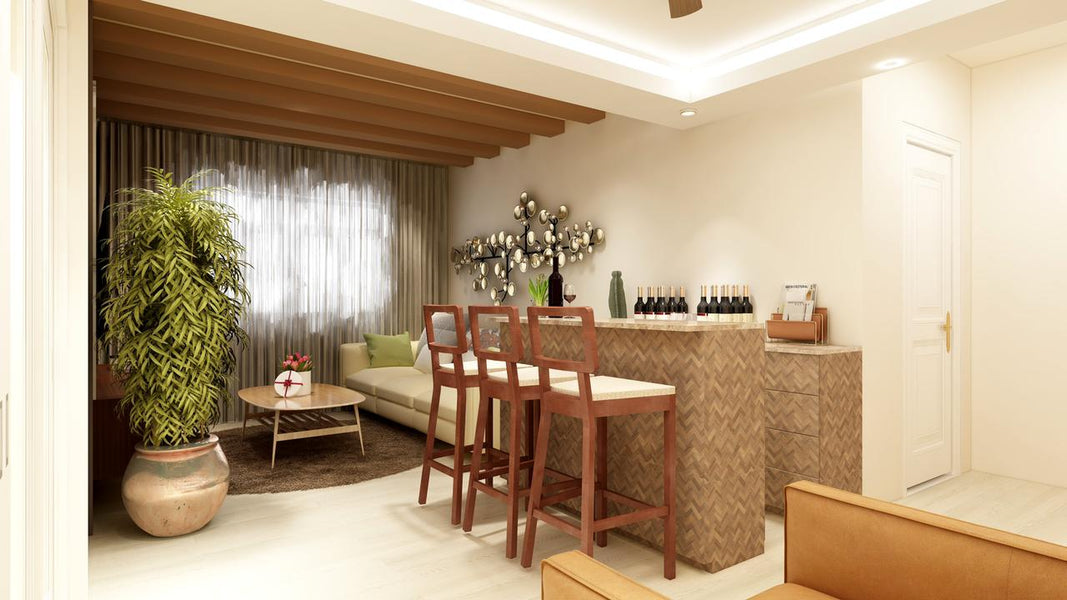
affordable home renovation,
cheap renovation,
cost-effective quality renovation,
home renovation,
interior design,
quality renovation
February 13, 2024
Smart design and space optimization for cost-effective renovations
-
Efficient use of space
When it comes to cost-effective renovations, one of the key factors to consider is maximizing the use of available space. This can be achieved through thoughtful design choices that prioritize functionality and eliminate unnecessary clutter. For example, incorporating built-in storage solutions such as cabinets and shelves can help to keep the space organized and visually appealing. Additionally, choosing multi-purpose furniture pieces can also help to save space, such as a sofa bed or a dining table with built-in storage compartments.
-
Utilizing natural light
Another important aspect of smart design for cost-effective renovations is the use of natural light. By maximizing the amount of natural light entering the space, homeowners can reduce their reliance on artificial lighting, which can be costly both in terms of energy consumption and electricity bills. This can be achieved by strategically placing windows and skylights to allow for ample daylight to flood the space. Additionally, using light-colored paint on walls and ceilings can help to reflect natural light and make the space feel brighter and more open.
-
Repurposing existing materials
To keep renovation costs down, homeowners can consider repurposing existing materials instead of purchasing new ones. This not only helps to reduce waste but can also add a unique and personal touch to the space. For example, old wooden pallets can be transformed into rustic shelves or coffee tables, and reclaimed bricks can be used to create a charming accent wall. By thinking creatively and exploring different possibilities, homeowners can save money while still achieving a stylish and personalized look.
-
Energy-efficient fixtures and appliances
In order to make cost-effective renovations, it is important to consider long-term savings on energy bills. One way to achieve this is by opting for energy-efficient fixtures and appliances. For example, choosing LED light bulbs can significantly reduce energy consumption compared to traditional incandescent bulbs. Similarly, investing in energy-efficient appliances such as refrigerators, washing machines, and air conditioners can help to lower electricity bills in the long run. Although these energy-efficient options may require a slightly higher upfront cost, the savings over time make them a smart choice for cost-effective renovations.
-
Planning for future flexibility
Lastly, when undertaking cost-effective renovations, it is important to plan for future flexibility. This means designing the space in a way that allows for easy modifications or additions in the future, without the need for major renovations. For example, incorporating movable partitions or flexible furniture arrangements can make it easier to adapt the space to changing needs or preferences. Additionally, leaving space for potential expansion or upgrades, such as pre-wiring for additional electrical outlets or plumbing connections, can save money and hassle down the line. Thinking ahead and considering future possibilities can help homeowners make the most of their renovation budget.

